Chris Flaherty, lives in London, and has a long-term interest in militaria collecting, curation, preservation and research. He has written extensively on World War I Ottoman Turkish military history for the UK Armourer magazine and Soldier of the Queen (journal).
To discuss the Turkish Kabalak, we must firstly dispel a few myths; some 40 years ago a book on German steel helmets accidentally transposed the Ottoman Turkish contracted M18 helmet, with a visorless version (which made its first appearance after World War I in the hands of the German Freikorps units), both of which had been made by Eisenhüttenwerk Thale.1
The original quote which began this confusion (from Stahlhelm: A History of the German Steel Helmet, Floyd R. Tubbs (1971, 2000: p. 24), inaccurately:
- Links the helmet design with the 1247 (European date of 1832) decree of Sultan Mahmud II declaring the Fez to be the Ottoman Turkish national headdress; as well as,
- Largely fabricated some supposed contract clause, that required the head gear used in the Ottoman Turkish Imperial Army have no peaks, so that soldiers wearing them would be able to touch their foreheads to the ground during prayer (without the need to remove their helmets).
Notwithstanding, well back into the 16th Century, a large frontal peak (to shield the eyes from sun glare) has been a distinctive feature of Ottoman -period Turkish armored helmets, made by the imperial workshops in Constantinople (later Istanbul). And in WWI, a number of sun helmets were developed for the Ottoman Turkish Imperial Army.
1. THE POST-1909 ARMY OFFICER’S KABALAK
Under the 1908 Army reforms the ‘Kabalak’ or ‘Enver’ as it has become known was introduced. Typically, it has been said that Turkish Kabalaks came in various forms, some had an internal frame with material wound around, others were apparently made from heavy canvas-like material. None of this is entirely correct, and many of the misconceptions about this particular headgear can be traced back to a clear misreading of the original description given in the 1916 Turkish Army Handbook:
“The cap is a khaki kalpak with a distinctive top or dome the same color as the coat collars. Officers have gold (non-combatants silver) ornamental bands on the crowns. But the rank and file were supplied in 1913 and 1914 with a new head-covering (bashlik), a long strip of khaki cloth tied spirally on the head and forming a sort of soft helmet, which can easily be mistaken for the British khaki helmet in a bad light. It is however, more pointed and falls particularly in front and behind.” 2
There is a footnote to this description, stating that the “bashlik” is also, “known as the Enverie or ‘Enver Helmet’ after the war minister who introduced it”. However, this paragraph is actually describing two entirely different types of headgear, as will be seen.
Example 1 (Below – left): A high quality Kabalak displayed in the National Turkish Army Museum, Istanbul. This not only has a brass spike attached on top, supported by a strong ridged frame, made from woven wicker. It also displays a quality brass ‘Order of Orta’ crescent badge. The wrapped earflaps are fully lined and edged with tape. Example 2 (Below – right): Also displayed in the National Turkish Army Museum, Istanbul, is another of the ‘spiked’ Kabalaks, with the Order of Orta’ crescent badge. More of the internal fixtures are shown as well, and this is fully lined with a chinstrap attached to the sweatband inside.
Examples 3-4 (Below): these are WW1-period pictures of various officers wearing high quality Kabalaks similar to the above examples, however without a badge or spike attached.3
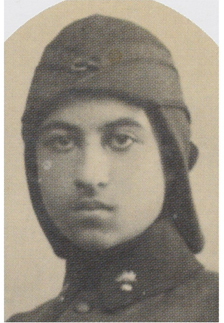 Example 5 (Above): An Artillery officer, indicated by the grenade badges on the collar. This illustrates the cord ties (on the front above the wearer’s brow), which are sometimes visible on examples. These secure the ends of the earflaps. Note with this example, the peak of the headgear is almost non-existent. And this is closer in design to a solder’s version (described below).
Example 5 (Above): An Artillery officer, indicated by the grenade badges on the collar. This illustrates the cord ties (on the front above the wearer’s brow), which are sometimes visible on examples. These secure the ends of the earflaps. Note with this example, the peak of the headgear is almost non-existent. And this is closer in design to a solder’s version (described below).
Example 6 (Below): Displayed in the National Turkish Army Museum, Istanbul, is the underside of these higher quality Kabalak. This shows the internal arrangements. This is fully lined with a chinstrap attached to the sweatband inside.
Example 7 (below): A period picture showing the rear of these high quality Kabalaks, and the cord ties are clearly visible on examples. These secure the ends of the earflaps.
2. THE POST-1914 OFFICER’S SUN HAT
Example 8 (Below): Displayed in the Imperial War Museum, this version, which is a ridged framed (UNI 12390. URL: www.iwm.org.uk/collections/item/object/30100200). The museum catalog states:
“Worn by Muzalim-l-Sani (2nd Lieutenant) Abedine Houchemi of the 2nd Turkish Infantry Regiment. The 2nd Infantry served on the Gallipoli Peninsula during the British landings, and later went to Syria where Houchemi deserted, surrendering himself to the Allies.”
This sunhat appears to have been a popular alternative to the Kabalaks. It has an identical construction, without the wrapped earflaps.
Examples 9-10 (Below): Two WW1-period pictures of officers wearing the sun hat.4
Example 11 (Below): The sunhat also came in a ‘soft version’, and due to the wide brim is often pictured with the fount folded up.5 To allow the wearer to see without encumbrance.
3. THE POST-1913 ARMY SOLDIER’S KABALAK
Example 12 (Below): From an Australian private collection, is a typical example of the post-1913 Army soldier’s Kabalak, which replaced the brown lamb wool khaki kalpak (introduced in 1908) – the tall, round traditional cap worn in the region. This new Kabalak has a woven wicker frame. And as can be seen from the internal view of the lining, it still gave the wearer a certain degree face protection from the sun, if worn forward, or could still be pushed well back over the head to give better vision.
4. THE POST-1916 ARMY BASHLIK
While not a sun hat, the later war POST-1916 ARMY BASHLIK (Example 13 Above), evolved into a soft wool cap.
Example 14 (Below): Illustrates a detailed replica of the Bashlik, which is almost identical to the Russian type of the period.
This is the base pattern for the cap described above. This rarely seen view shows what these caps look like when unwound, to tie across the face for additional warmth.
This post-1916 Army Bashlik, which is displayed in the Imperial War Museum, appears connected to the Turkish Steel helmet also in the Imperial War Museum’s collection. The catalogue notes on this Turkish M16 Helmet (number UNI 12244), stating that these helmets were associated with the “Yildirim” Army Group (made up from the former Fourth, Seventh and Eighth armies, as well as 6,000 German soldiers). Yıldırım translates roughly as “thunderbolt,” and the name was taken from the nickname of Sultan Bayezid I; this particular Army Group was organized in early 1917 by Enver Paşa to defend the Eastern Front in WWI.6
The M1909 Ottoman Turkish “Kabalak” or “Enveriye” helmet was designed as a cane-wood frame with two lengths of cloth wrapped about it. This traditional form of Anatolian folk headgear underwent a radical transformation during the war, and this coincided with the introduction of the German M16 converted helmet. This change consisted of a cap being issued, cut to a similar shape as the original Kabalak, however being made in one piece from thick blanket wool. The modification appears to allow this type of cap to be easily inserted (as has been tested) into the German M16 converted helmet. It is interesting to note that one of the problems with the use of the M16 helmet in extreme climates is that its bare steel could cause severe cold or heat burns and perhaps the modification to the Kabalak at this time was a cheap measure to avert these problems, providing soldiers equipped with the German M16 Steel Helmet, some means of insulating these. It should be noted that in Germany, a period criticism of the M16 was that the hollow ventilation lugs let-in cold air during winter, and soldiers often had to pug these with mud or cloth. Example 15 (Left – below): Displayed in the Australian War Memorial, this cap is likely a Bashlik –type as well.
Example 16 (Right – below): Shows the previous example (a post-1913 Army soldier’s Kabalak), this rarely seen view shows what these caps look like when unwound, to tie across the face for additional warmth. Note that the there is an additional band of cloth serving as the holder for when the earflaps are returned to their original position wrapped under this.
Dr. Chris Flaherty
[1] Flaherty, C. (2011) WW1 Ottoman Turkish Steel Helmets. The Armourer Militaria Magazine, Issue 104 (March-April, 2011): 36-38.
[2] British General Staff. (1995) 1916 Handbook of the Turkish Army. Battery Press, Nashville: 50.
[3] Tunca Orses. Necmettin Ozcelik. (2007) Dunya Savasi’nda Turk Askeri Kiyafetleri 1914-1918. Militärmuseum, Istanbul.
[4] Tunca Orses. Necmettin Ozcelik. (2007) Dunya Savasi’nda Turk Askeri Kiyafetleri 1914-1918. Militärmuseum, Istanbul.
[5] Tunca Orses. Necmettin Ozcelik. (2007) Dunya Savasi’nda Turk Askeri Kiyafetleri 1914-1918. Militärmuseum, Istanbul.
[6] Web sources suggest about 170,000 helmets (presumably the altered German M16) were provided to the Ottoman Turkish Army in WW1. However, this figure seems very high. The Yildirim Army Group at the Battle of Megiddo (1918) fielded a force of 3,000 mounted troops, and 32,000 infantry, many of whom appear to have been provided with helmets.

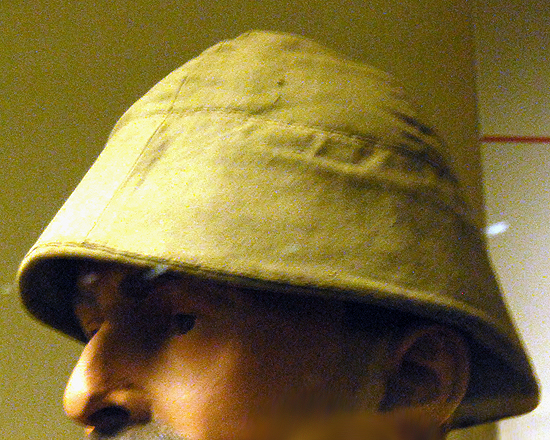
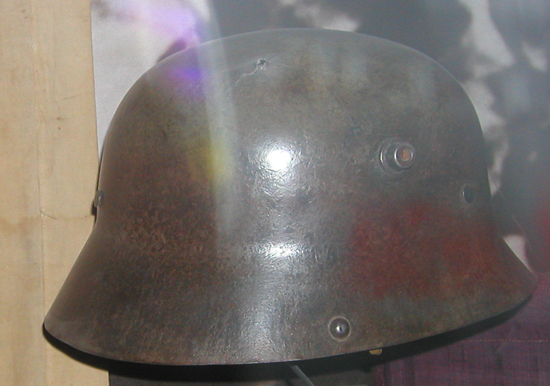
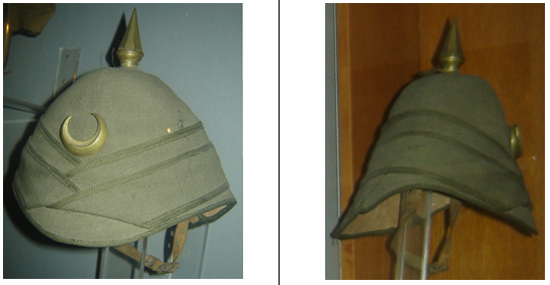
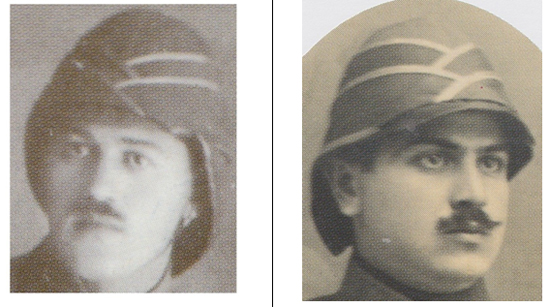
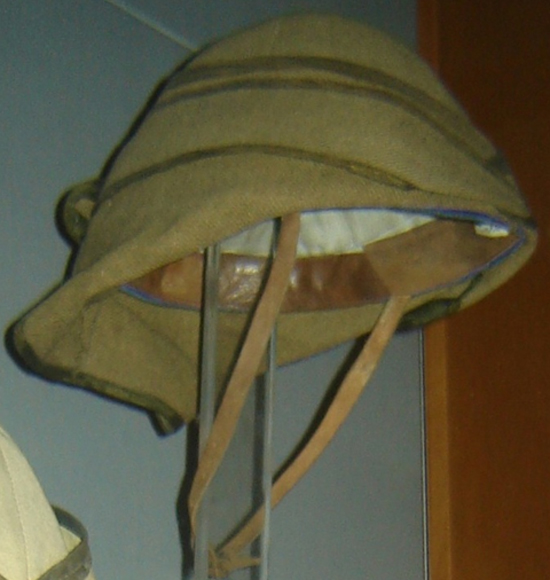
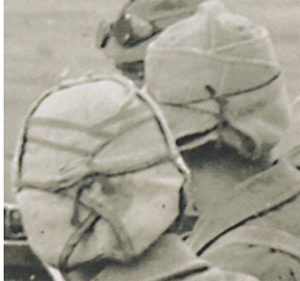
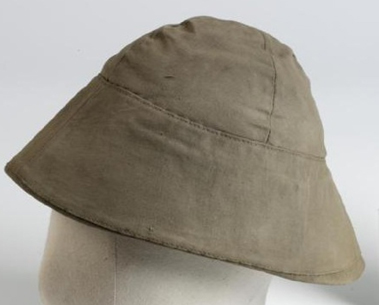
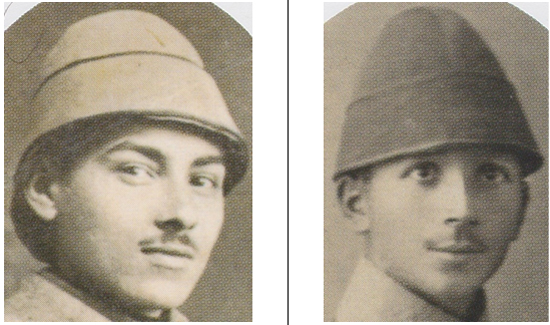
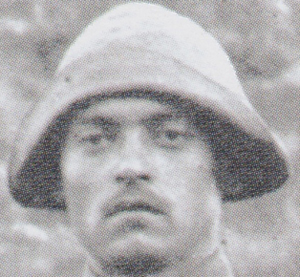
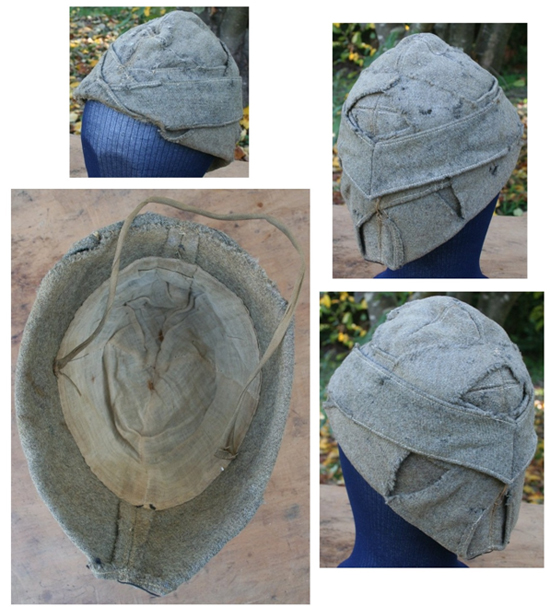
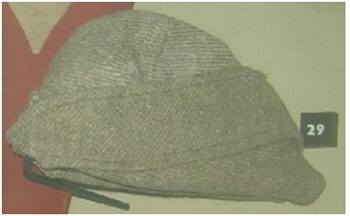
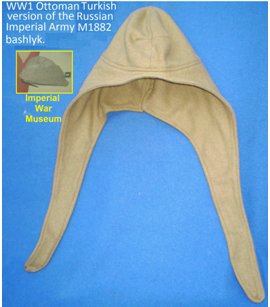
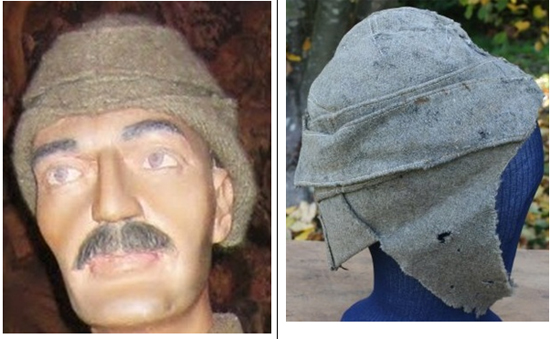
Peter I found your article fascinating and informative. Thanks for posting this.
Thanks belong to Chris Flaherty for his research and for writing this one.
My apologies to Chris, the statement still stands, very informative.
Wow…This is the best study of the Turkish Kabalak that I have ever read! Thank you so much for the thorough treatment of the topic
tt
Really good article about Kabalak! And the pictures are also good. 🙂
Thanks for the information. As a Turk i found this article great! 🙂
Any videos available on how to wrap one? Thanks for a great article and pix, also!
Aloha,
Loren
Well, they look sloppy but practical.
Practical is what counts.
I have wondered about the Turkish head gear in the back of my mind for years.
Thank you for your research on this. Very informative